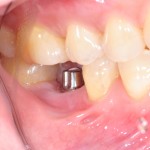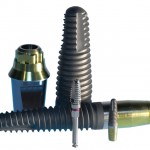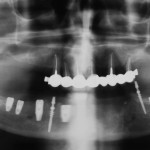
A mean prevalence of 22% (CI: 14-30%) was found for peri-implantitis and 43% (CI: 32-54%) for peri-implant mucositis in this review which included 15 studies. However, owing to the level of heterogeneity the results should be treated with caution.
[read the full story...]


